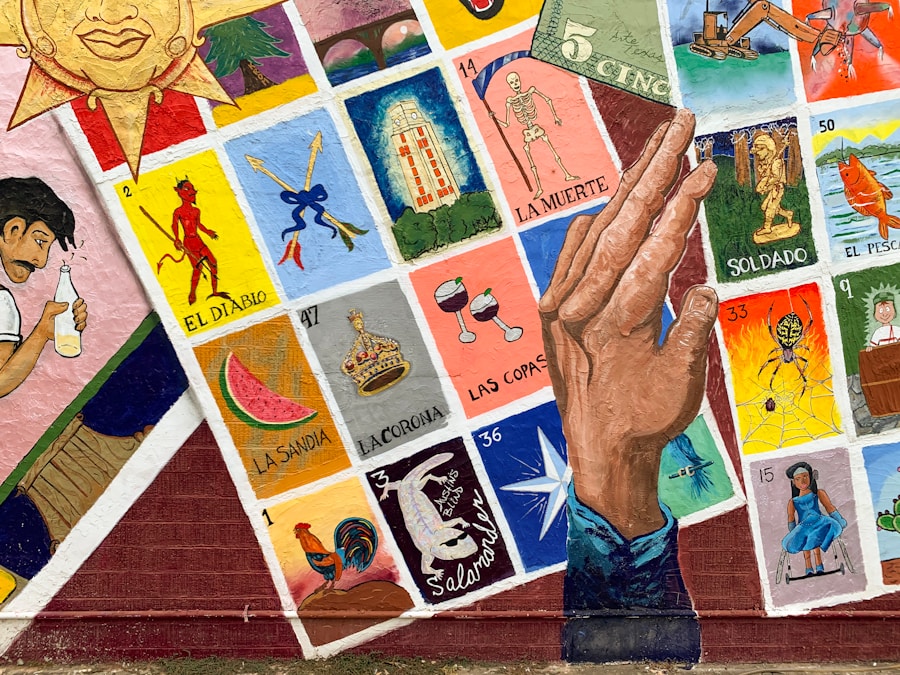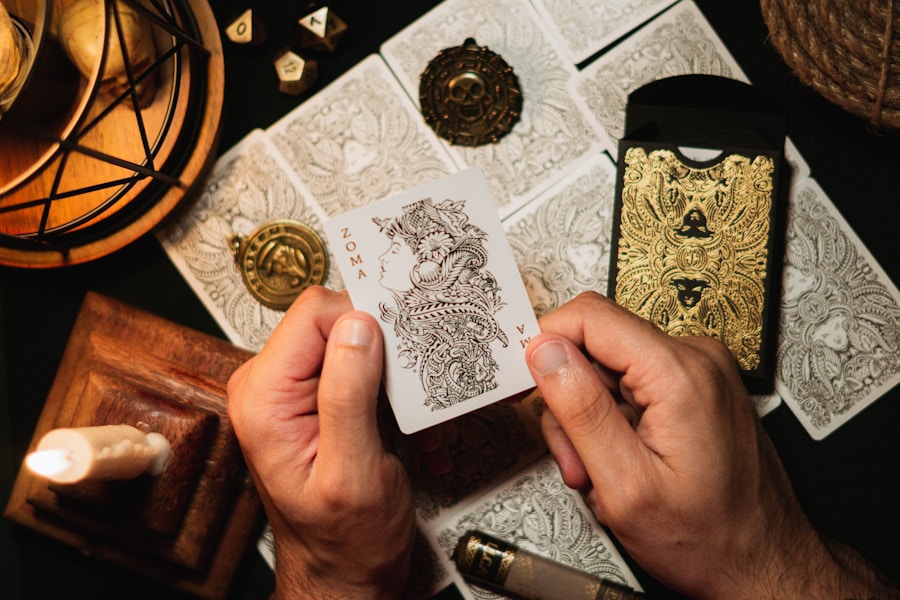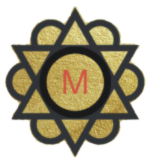
The history of tarot cards is a fascinating journey that begins in the 15th century, primarily in Italy. Initially, tarot cards were not designed for divination or mystical purposes; rather, they were a form of playing cards known as “tarocchi.” These early decks were used for games similar to modern-day bridge or whist, and they featured a combination of suits and trumps. The earliest known tarot deck, the Visconti-Sforza deck, was commissioned by the noble families of Milan and is characterized by its intricate artwork and symbolism.
The cards were hand-painted and often depicted allegorical figures, reflecting the cultural and artistic milieu of the Renaissance. As the popularity of playing cards spread across Europe, so too did the tarot.
The introduction of the Major Arcana, a set of 22 cards representing significant life events and archetypes, marked a pivotal shift in the function of tarot cards. This transition from mere entertainment to a tool for introspection and divination began to take shape in the 16th century. Scholars and mystics started to associate the cards with various esoteric traditions, linking them to ancient wisdom and spiritual insights.
This transformation laid the groundwork for the tarot’s future as a powerful instrument for self-discovery and guidance.
Key Takeaways
- Tarot cards originated as playing cards in the 15th century and evolved into tools for divination and spiritual guidance.
- The evolution of tarot cards took them from Italy to France and beyond, where they became associated with occult and esoteric practices.
- Tarot cards have played a significant role in occult and esoteric practices, often used for divination, meditation, and spiritual exploration.
- In popular culture, tarot cards are often associated with fortune-telling, but they are also used for self-reflection and personal growth.
- Tarot cards have had a significant influence on art and literature, inspiring artists and writers with their rich symbolism and archetypal imagery.
- In modern times, there has been a resurgence of interest in tarot cards, leading to the creation of new decks and interpretations that cater to a diverse range of spiritual beliefs and personal preferences.
The Evolution of Tarot Cards: From Italy to France and Beyond
The Emergence of Tarot Divination
One of the most influential figures during this period was Jean-Baptiste Alliette, known as Etteilla, who published one of the first books on tarot divination in 1783. He was instrumental in popularizing the idea that tarot cards could be used for fortune-telling and spiritual guidance, rather than just as a game.
The Iconic Tarot de Marseille
The French tarot decks also underwent stylistic changes during this time. The Tarot de Marseille emerged as one of the most iconic designs, characterized by its bold colors and simplistic yet evocative imagery. This deck became a Standard Reference for many subsequent tarot designs.
Tarot’s Global Evolution
As tarot spread beyond France, it absorbed influences from various cultures and traditions, leading to a rich tapestry of interpretations and styles. In England, for instance, the Rider-Waite-Smith deck was created in 1909 by Arthur Edward Waite and illustrator Pamela Colman Smith. This deck introduced detailed imagery on all 78 cards, making it accessible for those seeking to understand the symbolism and meanings behind each card.
The Role of Tarot Cards in Occult and Esoteric Practices

Tarot cards have long been intertwined with occult practices and esoteric traditions.
Practitioners began to view tarot as a means of accessing hidden knowledge and tapping into universal truths.
The cards were seen not merely as tools for divination but as gateways to understanding the self and the cosmos. One notable figure in this realm was Aleister Crowley, who created his own tarot deck known as The Thoth Tarot in the early 20th century. Crowley infused his deck with rich symbolism drawn from Kabbalah, astrology, and alchemy, reflecting his belief that tarot could serve as a map of human consciousness.
His interpretations emphasized the psychological aspects of the cards, encouraging users to explore their inner worlds and confront their fears and desires. This approach marked a significant departure from traditional fortune-telling methods, positioning tarot as a tool for personal transformation rather than mere prediction.
Tarot Cards in Popular Culture: From Fortune Telling to Self-Reflection
In contemporary society, tarot cards have transcended their origins as mere divination tools to become symbols of self-reflection and personal growth. The rise of New Age spirituality in the late 20th century contributed significantly to this shift. Tarot readings are now often framed as opportunities for introspection rather than predictions about the future.
Many individuals turn to tarot not only for guidance but also as a means of exploring their emotions, relationships, and life choices. The accessibility of tarot has also increased dramatically with the advent of social media platforms. Online communities dedicated to tarot reading have flourished, allowing enthusiasts to share insights, interpretations, and personal experiences.
Instagram accounts featuring daily card pulls or themed readings have become popular among users seeking inspiration or clarity in their lives. This democratization of tarot has led to a diverse array of interpretations and practices, making it more inclusive than ever before.
The Influence of Tarot Cards on Art and Literature
The impact of tarot cards extends beyond spiritual practices; they have also left an indelible mark on art and literature throughout history. Artists have drawn inspiration from the rich symbolism embedded within tarot imagery, using it as a vehicle for exploring complex themes such as fate, love, and transformation. For instance, Salvador Dalí created a series of tarot cards in the 1970s that showcased his surrealist style while retaining the traditional meanings associated with each card.
His work exemplifies how artists can reinterpret tarot through their unique lenses while preserving its core essence. Literature has also been influenced by tarot’s archetypal imagery. Writers such as T.S.
Eliot and Robert Anton Wilson have incorporated tarot symbolism into their works, using it as a framework for exploring existential themes or delving into the human psyche. In contemporary fiction, authors often use tarot as a narrative device to symbolize character development or foreshadow events. The interplay between tarot and storytelling highlights its versatility as a tool for both creative expression and deeper understanding.
The Modern-Day Resurgence of Tarot Cards: New Decks and Interpretations

Diverse Representation in Tarot
Moreover, contemporary interpretations of tarot often emphasize inclusivity and representation. Many new decks feature diverse characters that reflect various ethnicities, genders, and sexual orientations, challenging traditional depictions that have historically dominated the tarot landscape. This shift not only broadens the appeal of tarot but also allows individuals from different backgrounds to see themselves represented within this ancient practice.
Tarot for Mental Health and Well-being
The modern resurgence is also marked by an emphasis on mental health and well-being. Many practitioners advocate using tarot as a therapeutic tool rather than solely for divination purposes. Workshops and online courses focusing on intuitive reading techniques encourage individuals to trust their instincts while interpreting the cards. This approach fosters a deeper connection between users and their decks, transforming tarot into a personal journey of self-discovery rather than just a means of predicting external events. As we navigate an era marked by uncertainty and rapid change, the enduring allure of tarot cards continues to captivate individuals seeking insight into their lives.
The Timeless Appeal of Tarot
Whether used for divination or self-reflection, these cards serve as powerful symbols that bridge the gap between ancient wisdom and contemporary understanding. The evolution of tarot reflects not only its adaptability but also its profound ability to resonate with human experiences across time and culture.
If you are interested in exploring the symbolism and meaning of numbers, you may enjoy reading Exploring the Symbolism and Meaning of Numerology Number 4. This article delves into the significance of the number 4 in various cultures and spiritual practices. Just like tarot cards, numbers hold a special significance and can provide insight into our lives and the world around us.
FAQs
What are Tarot cards?
Tarot cards are a deck of playing cards that are often used for divination, fortune-telling, and self-reflection. The deck typically consists of 78 cards, which are divided into the Major Arcana and the Minor Arcana.
What is the history of Tarot cards?
The history of Tarot cards is believed to have originated in the 15th century in Europe, with the earliest known decks being created in Italy. The cards were initially used for playing games, but over time, they became associated with mystical and esoteric practices.
How were Tarot cards used in the past?
In the past, Tarot cards were primarily used for playing a game called tarocchi, which was similar to bridge. It wasn’t until the 18th century that the cards began to be used for divination and fortune-telling.
What is the symbolism behind Tarot cards?
Tarot cards are rich in symbolism, with each card representing different archetypes, themes, and experiences. The Major Arcana cards are often associated with significant life events and spiritual lessons, while the Minor Arcana cards represent everyday experiences and challenges.
How are Tarot cards used today?
Today, Tarot cards are used for a variety of purposes, including divination, self-reflection, and spiritual guidance. Many people use Tarot cards as a tool for gaining insight into their lives and making decisions. Tarot reading has also become a popular practice among psychics and spiritual practitioners.






